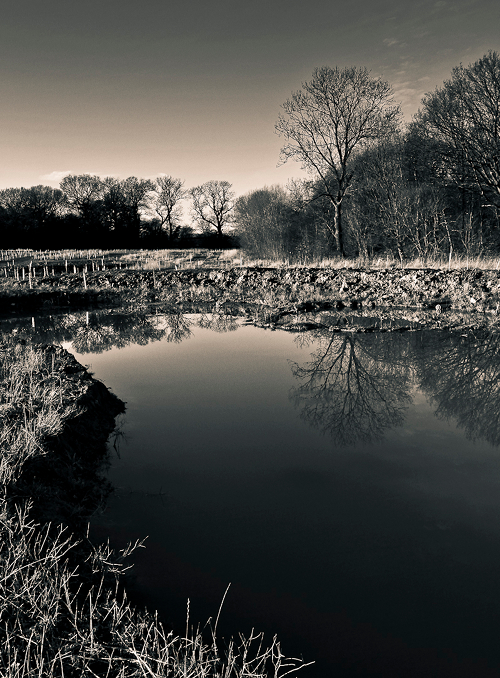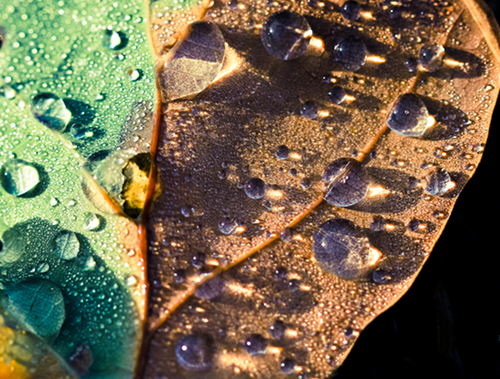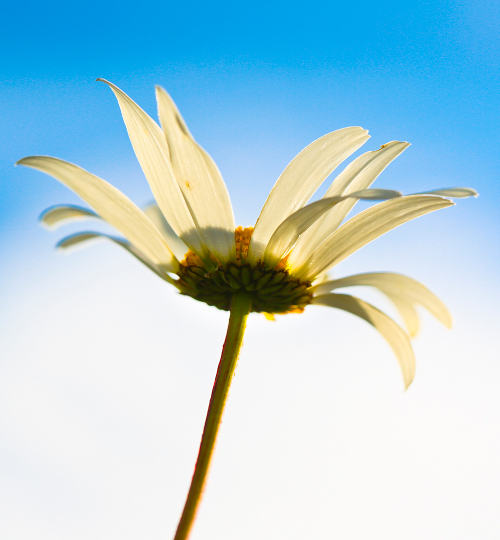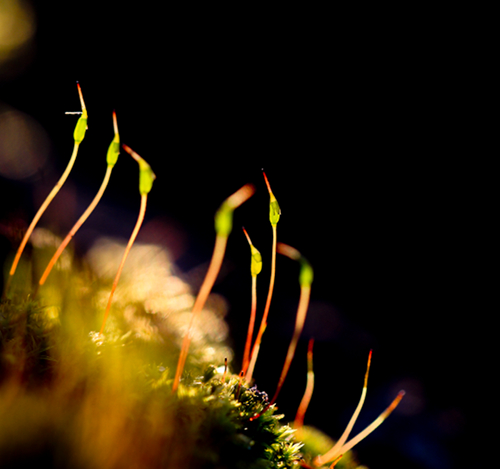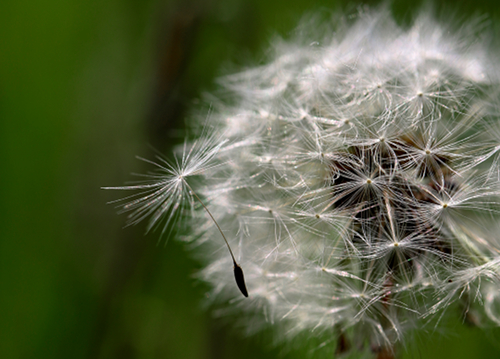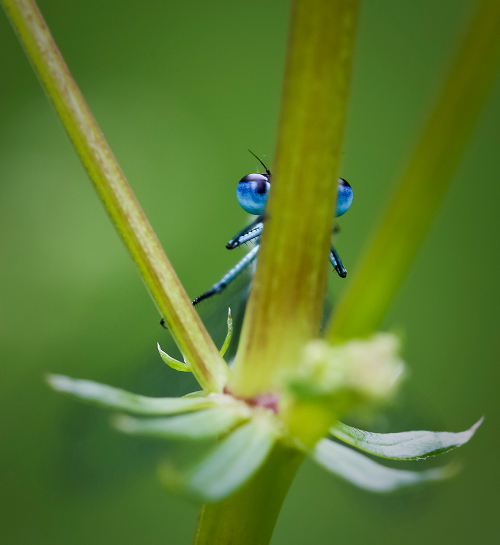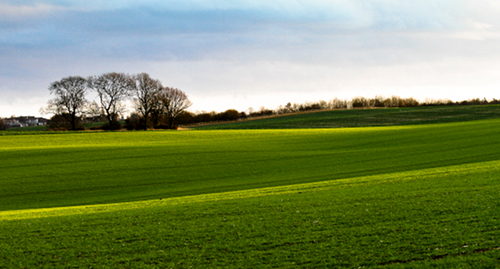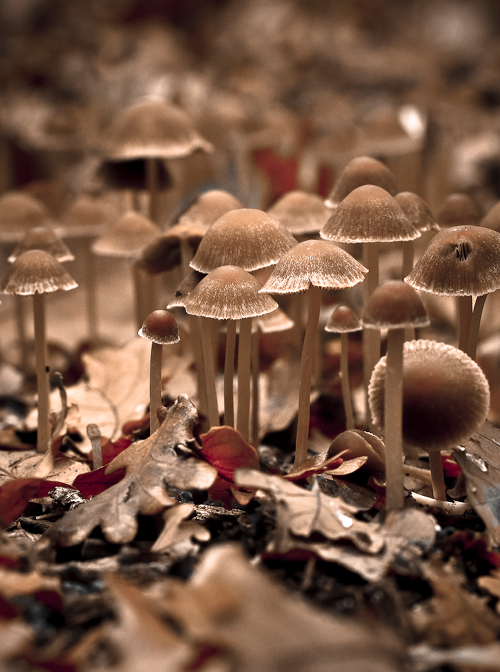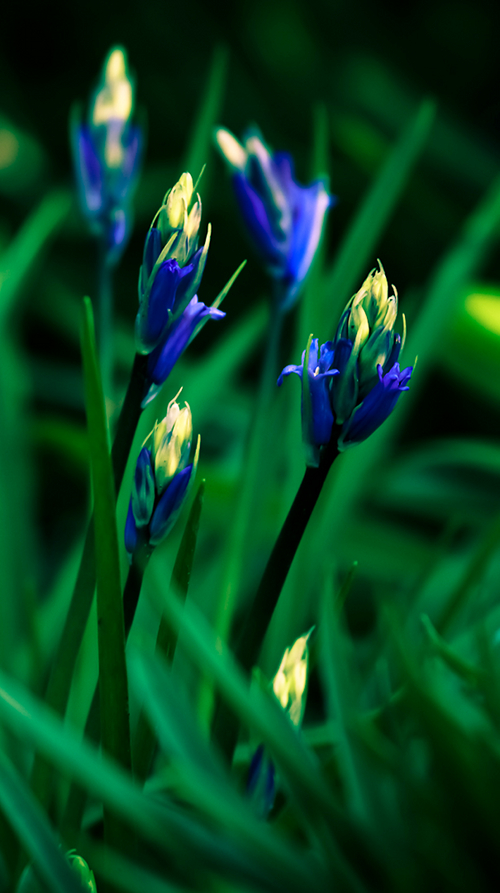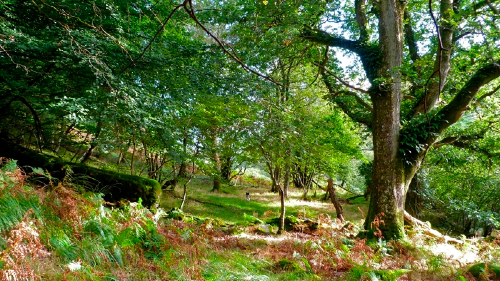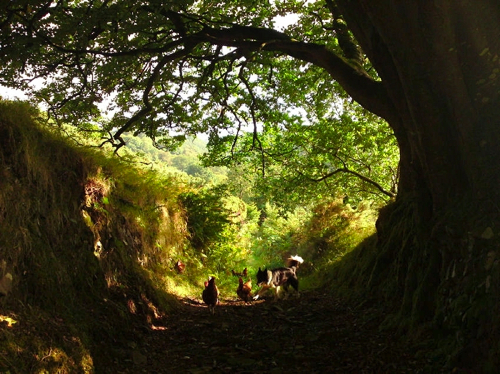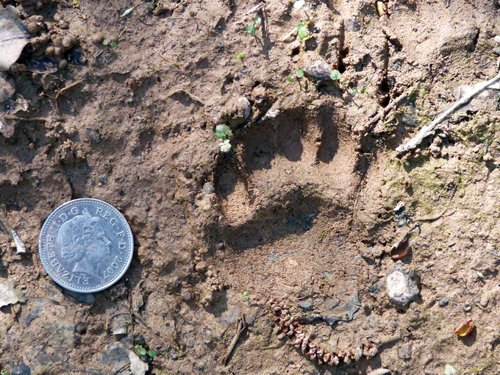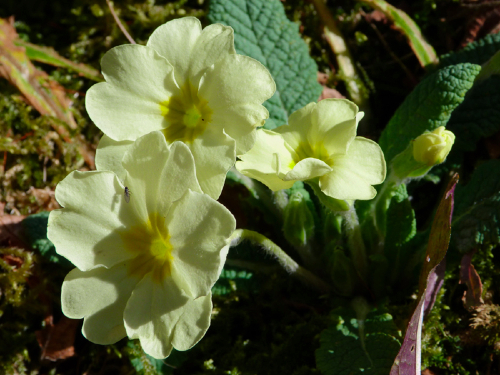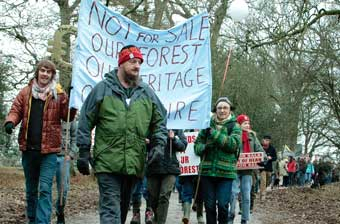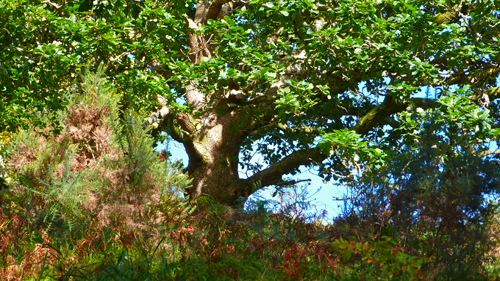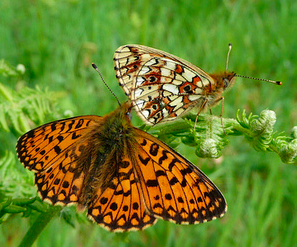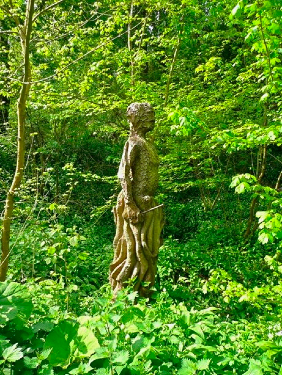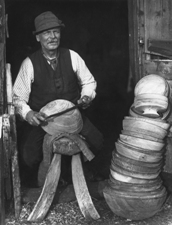by Sarah Walters of Alvecote Wood
Click here to read more articles by Sarah on SoW.Our woods are beautiful. Exquisitely, amazingly beautiful. The challenge I have always had is how to communicate that beauty to others. Everybody sees different things as they walk through the woods on our open days and open evenings, but very few see beyond the surface. What I wanted to do was to provide a conduit to allow people to see the woods through my eyes, and to provide visitors with an enhanced experience.
There are heated debates about whether photography is art or not – my view is that it can be art, particularly if your definition of art is something that changes your perception of the world in some way. Photography can certainly do that, along with painting, writing, sculpture and music. What I was seeking to do was to change perceptions of the woods, and make a visit into a deeper experience – if you like to allow visitors to take a short-cut to the view of the woods that come from the intimate knowledge of prolonged exposure to it.
Over the past 2 ½ years I have been studying a professional photography course. I have no desire to become a professional photographer, because 99% of professionals make money from weddings, families and pets, and this is something I don’t want to do. The motivation for the course was to improve my skills so that my images could go beyond the superficial portrayal of objects, and go into the realm of art, of changing perceptions, of evoking emotions in the viewer.
It has been a long road, and the woods have played a vital role along the way, as the setting for many images and the subject of many more. It was obvious, therefore, that when I had to set up a final exhibition, the woods should be the subject.
However, I had to decide where to display them. It is very hard to experience the feeling of being in the woods if you are stuck in a small gallery or library looking at photos on the wall. Maybe a photographer more skilled than me could transcend the setting, but to me it seemed wrong. The pictures were taken outside in a special place, and they needed to be shown in that same special place.
The context was important: The images could both enhance and be enhanced by the setting. An image of a daisy, surrounded by daisies would have many advantages: The image would be seen as part of a coherent whole, and in its turn, draw the eye of the viewer into its setting, allowing them to see the daisies in a different context. Added to this the changing light, temperature, wind, smells and sounds of the wood, and a simple image could turn into something really special.
So I started to pursue the idea. In particular I was concerned about how to make images sufficiently robust that they would be able to survive several months outdoors. Most printers don’t do waterproof pictures, so I had to drop the idea of art/gallery quality in favour of toughness, and in the end went for printing onto Foamex board – the sort of stuff you see on factory and shop signs.
Then there was selecting the images: I had to put up a minimum of 12, but this would not be enough to fill a walk around the woods. However I also had to mind the cost, and the realistic prospects of recouping this through sales of prints. In the end I settled on 25 images in 22 locations, which maintained interest around approximately 1 ½ mile walk around our site.
Selecting the sites for mounting the images was also difficult. There was a lot to consider: Context, lighting (at different times of day and year), colour, perspective and link between the image and the setting or habitat. We decided to mount the images on stakes, so we also had to consider where we were going to put the stakes – some ground was too soft, other ground too stony, other ground had tree roots to be considered. So, for example, I decided to place a macro image of moss, backlit by the early spring sunshine, next to the log where it was taken. In the evening, at this time of year, the lighting is similar, and draws the eye into the log, encouraging the viewer to look more closely at it, covered in lichen at this time of year.
Where an image is constructed to draw the eye in a particular direction, I was keen to ensure that there was something in the setting to which the eye could be drawn – such as a clearing into which my dandelion seed could fly. I obviously needed to put butterflies in their correct habitat, in the hope that the viewer would see the real thing alongside the image. Ultimately, compromises had to be made, but with a great deal of effort from Stephen and his post-knocker, we got everything up, and the exhibition opened at August Bank Holiday.
Although our woods have never been open to the public before we took ownership, we have always wanted to allow access through open days, open evenings and to community groups. We opened our woods on Bank Holiday Sunday and Monday, and over the course of two days had 63 visitors. The exhibition will stay in place through our September 23rd, October 28th and November 25th Open Days. We didn’t charge an entry fee, because we didn’t want people to feel they couldn’t visit if they were short of money. A lot of people made a donation, though, as well as purchasing our existing photographic greeting cards and other craft products. We have so far sold five originals or prints, with interest from a hospital for others to use in their corridors. I need to sell 12 to break even, but it was never about making money – it was much more about using art to make a connection to the landscape or rather between the art and landscape.
That is the key – making a connection with the landscape. It is very easy to walk through a landscape, urban or rural, without noticing what it is made of. Because people don’t see things, it is easy to fall into the mindset that these things don’t exist, or they are not important. But our wildlife, our ecosystems, our woodlands are about the synergy between all the little things, the overlooked, the non-obvious, as well as the big things like trees and plants and animals. In a world in which people have become disconnected from nature, art can be used to re-establish that connection, and through that connection, bring people to realise what beauty is there, all around them, and how precious it is, and how vulnerable it is to being lost forever because of ignorance and greed. Coming from a scientific background, I have come to appreciate that art can be used to change the world, particularly if it is used in context.
Has it fulfilled a dream? A cautious “yes”, I think. Certainly a number of visitors returned after their walk saying that they had been drawn to see the woods in a different way. I called the exhibition “The Eye of the Beholder” because it was about seeing the woods through my eyes, or at least through fresh eyes. I hope that this was achieved, at least for some.
And is it worth considering an art exhibition in your woods? Again, yes, provided you are happy to open it to the public, at least for some of the time. Art, landscape and wildlife blend very well together, and the process of working through developing and staging the exhibition can be very exhilarating, even if you aren’t doing the artwork yourself. The more that people can be helped to appreciate the woodlands and their wildlife, the better. If art helps to achieve that, then it is definitely worthwhile.
A presentation of the images in the context of the woodlands is available on YouTube, set to music at http://youtu.be/4JICR_nmvqo.
Sarah manages Alvecote wood and writes for the Small Woodland Owners Group.




